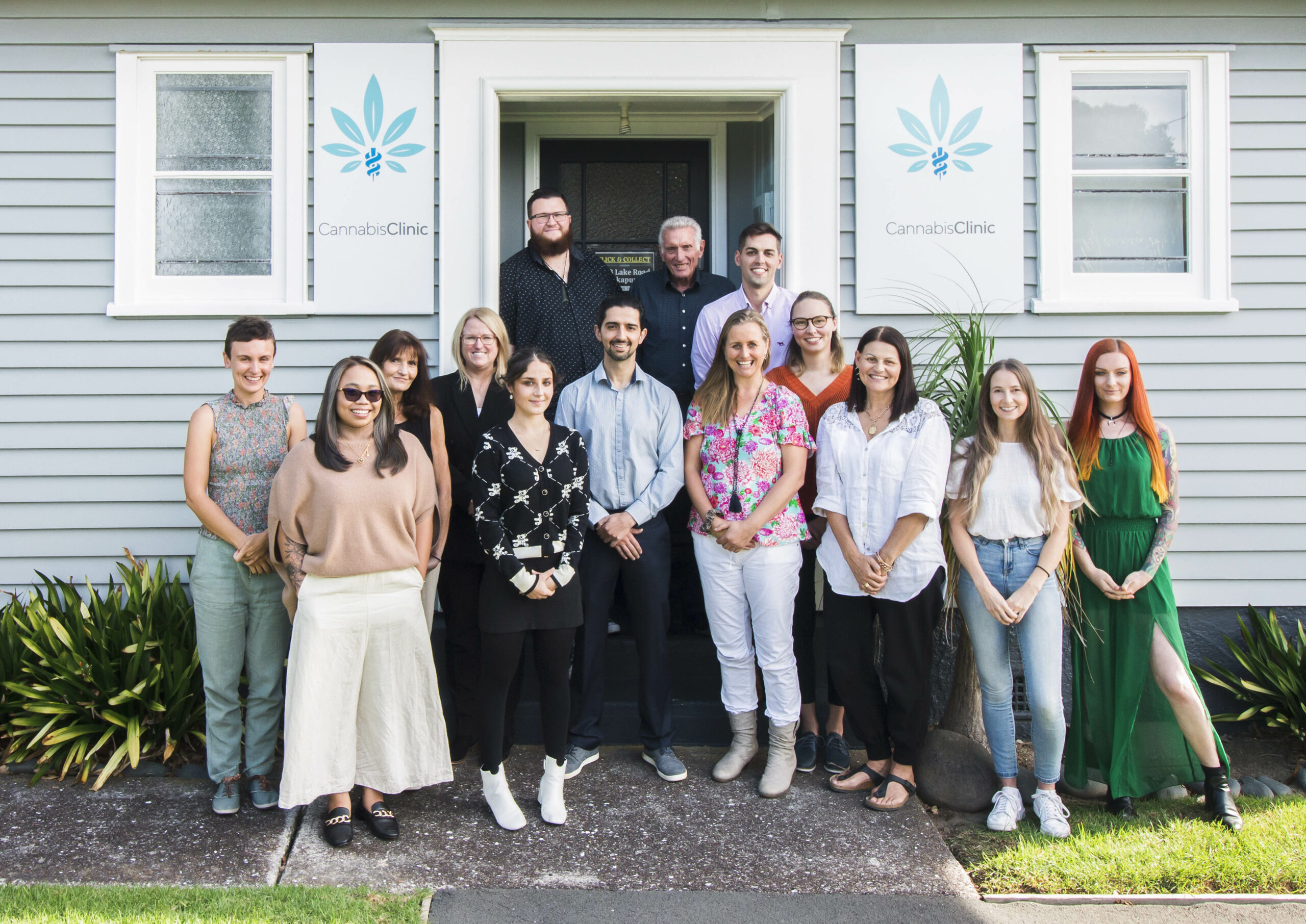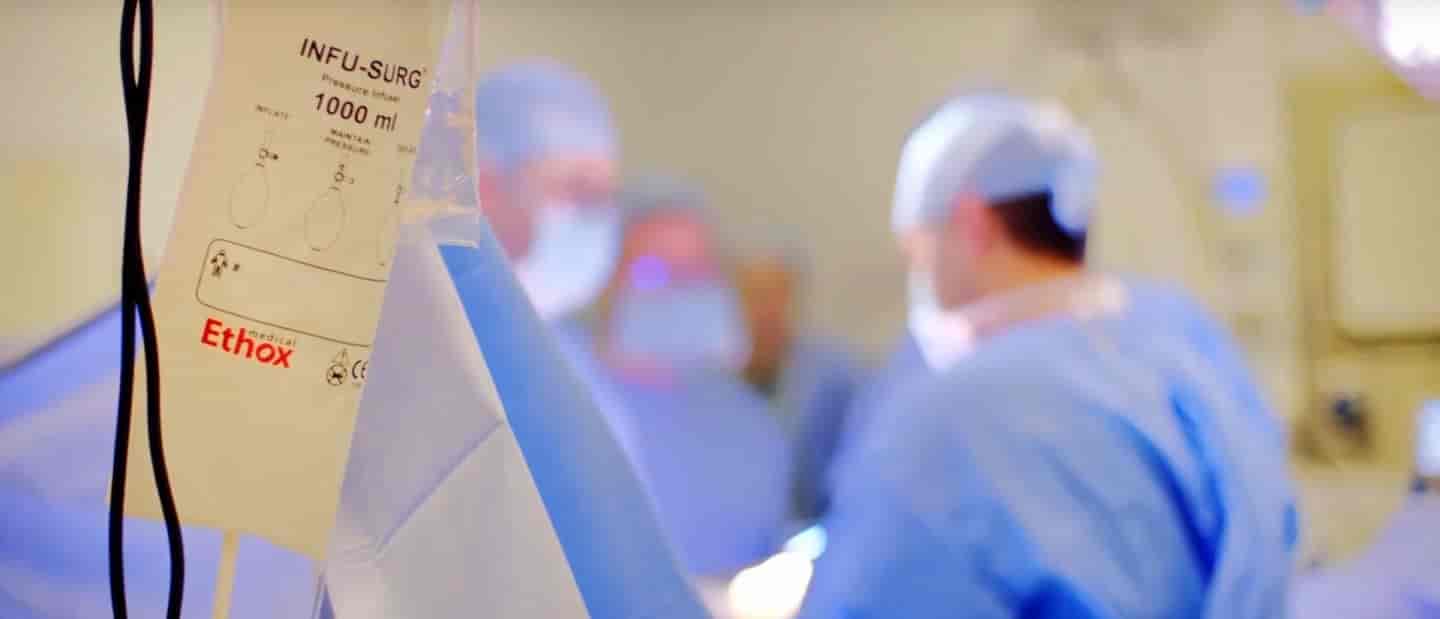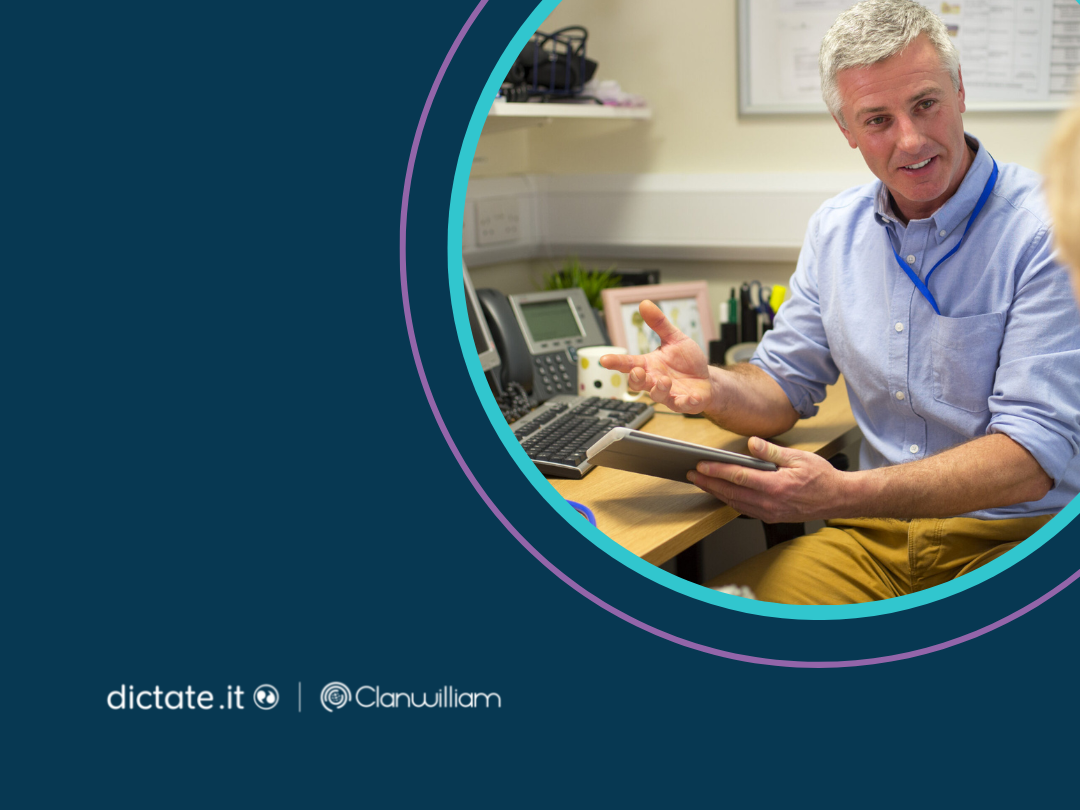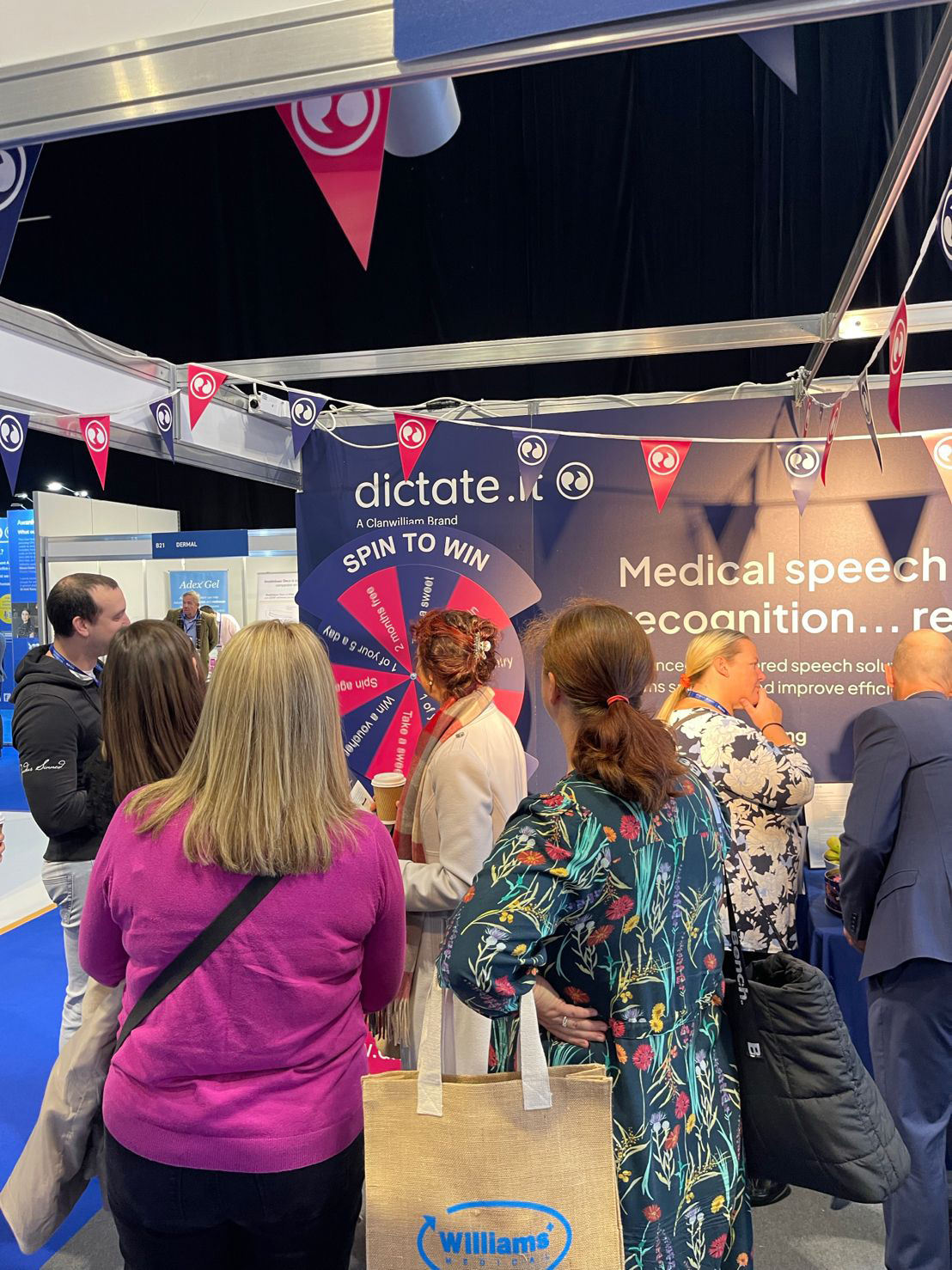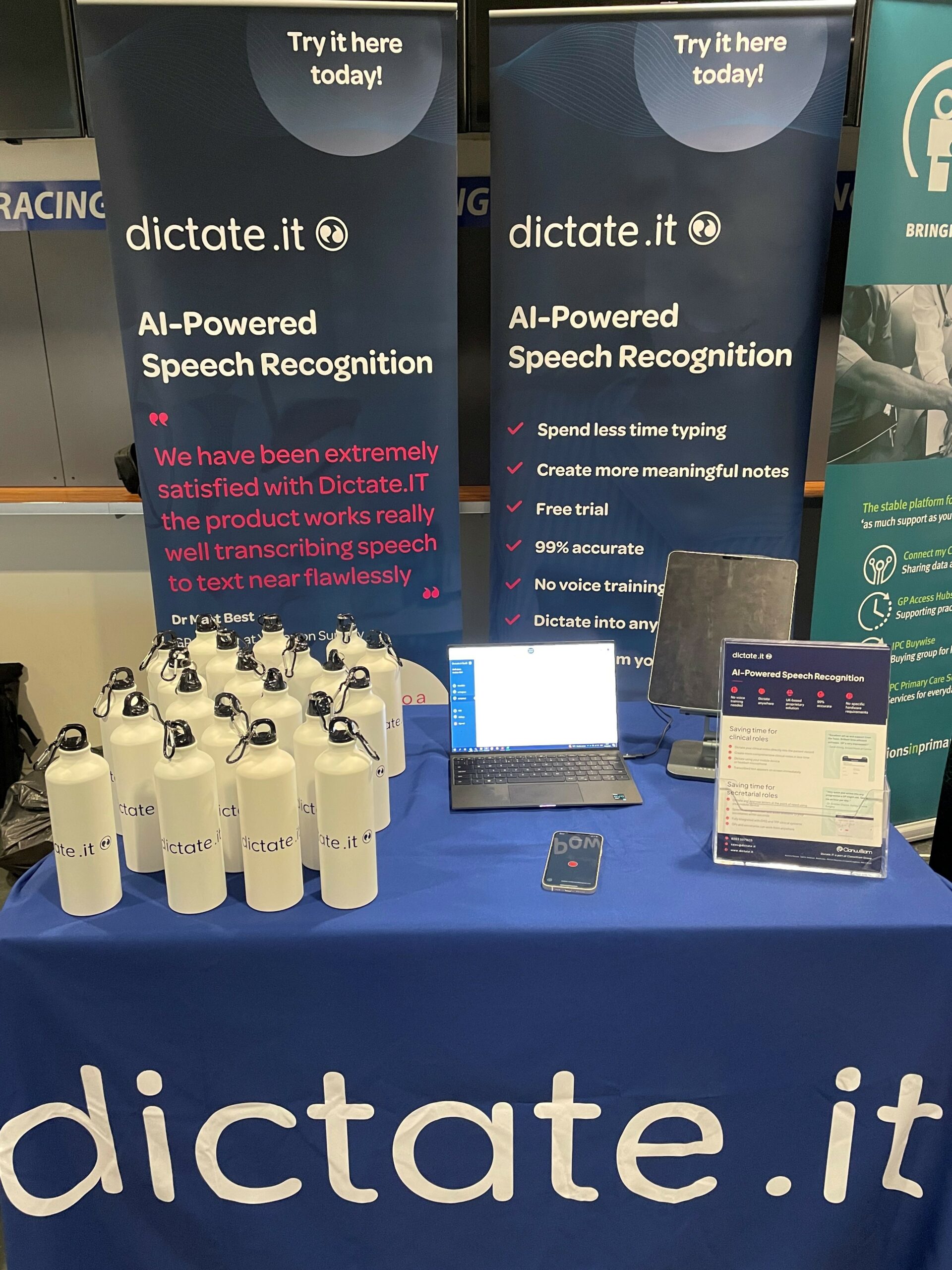Category: News
HealthLink SecureIT gaining huge traction
HealthLink SecureIT is gaining huge traction with close to 1,000 sites around the country now using it.
The service gives health professionals easy and secure access to the private Connected Health network.
HealthLink has been a leading provider of access to Connected Health since its inception in 2005.
Unlike other Connected Health service providers, HealthLink offers three SecureIT options; Gateway (on premises firewall device), HealthLink SecureIT Cloud (enables access from Could-based systems) and Enterprise (rack-mounted for large on-premises installations).
Cyber security top of mind
HealthLink client manager Mike Harvey says cyber security is an increasing concern for the health sector, as evidenced by recent cyber attacks.
“Security is of utmost importance to the health sector and HealthLink SecureIT adds a crucial layer of protection against the ongoing threat of cyber-attacks,” Mike says.
“HealthLink’s SonicWall firewall solution delivers superior protection and is at the forefront of security technology.”
Customer support is available from HealthLink’s local team in Newmarket in Auckland.
“SecureIT is incredibly reliable. However, if support is needed then expert assistance is just a phone call away.”
Reliable and cost-effective
Mike says GPs, and more recently pharmacies, are benefitting hugely from SecureIT because of its reliability and cost-effectiveness.
Key features include meeting key health sector security standards, integration with other HealthLink services, automatic updating of virus protection software and flexible configuration to meet an organisation’s unique requirements.
“SecureIT is a premium, fully managed solution designed for healthcare organisations wanting to comprehensively utilise internet access in a secure and reliable manner and its success is being reflected in the uptake of users that we are seeing.”
For more information about HealthLink SecureIT, phone 0800 288 887, visit HealthLink’s website or email salesNZ@healthlink.net.
New eReferral form for the Cannabis Clinic
The Cannabis Clinic opened in 2018 in Takapuna on Auckland’s North Shore and has already seen more than 10,000 Kiwis from around the country.
eReferrals can now be made to the Cannabis Clinic using CareSelect.
Cannabis Clinic founder Dr Waseem Alzaher says demand is growing for medicinal cannabis, which is used to assist with mild to severe health conditions.
“We see a wide range of people from kids to adults, professionals, people at the end of their life and everyone in between and we deal with a variety of symptoms ranging from mild to serious,” Waseem says.
“But the most common ailments we assist with are pain, anxiety and sleep problems like insomnia.”
The clinic employs 14 doctors and four nurses and consultations can be carried out face to face or online.
Taking the load off GPs
While GPs can prescribe medicinal cannabis, Waseem says the Cannabis Clinic has the expertise, resources and time to ensure patients are getting the best possible treatment plan and follow up care.
“If GPs refer patients through to us, it takes some of the potential pressure off GPs.”
Waseem says there is also a lot of paperwork for GPs, which the Cannabis Clinic takes care of when patients are referred to them.
“We are really lightening the load for GPs, otherwise it would be a huge time investment for a small number of patients.”
Waseem says some GPs may not know enough about medicinal cannabis to prescribe it with confidence.
“Or if a GP has a patient for whom pharmaceuticals aren’t having a positive effect, the patient is already self-medicating with cannabis, or they are having trouble building a trusting relationship with their patient, then the Cannabis Clinic is a good option.”
Incredible success stories
Waseem says the clinic has seen some amazing results and success stories.
“While medicinal cannabis is not for everyone and we don’t prescribe it to everyone, we’ve had some incredible success stories where ordinary people’s lives have been drastically improved and transformed.”
He says the Cannabis Clinic and its dedicated staff put a lot of energy and care into providing the service.
“If it’s possible to support a loved one with symptoms and make their life better with a safe and effective plant-based medicine, then that’s enough to say we are doing the right thing.”
The Cannabis Clinic is planning on opening new clinics in Christchurch and Nelson soon.
“We are looking for new doctors to meet the growing demand.”
How to refer to the Cannabis Clinic:
- open the patient record
- select the HealthLink icon
- use the CareSelect search bar, type “Cannabis Clinic”
- click “Compose Referral”.
Clinical Correspondence Workflow
Traditionally, Primary Care clinical correspondence workflows include a specific digital dictation system. However, with advances in speech recognition, and it’s ability to dictate your notes straight into the clinical system, it’s now a viable tool to use for clinical correspondence workflows instead. So we thought it would be helpful to explore the difference between the two options.
Dictate to Cursor
If you’re not already familiar with dictate to cursor, it’s a speech-to-text function that allows you to dictate your patient notes directly into the patient record. It can be used anywhere that you can type, like EMIS and TPP, Outlook and Word and other apps such as AccuRX. Our dictate to cursor system is called Live.
The benefits of this method of data entry are clear: speaking is generally faster than typing and notes are also naturally more comprehensive when dictated because we tend to say more than we type. Dictate to cursor is an accessible solution for clinicians who may find typing difficult. There is also a canned text feature allowing you to insert blocks of text information easily, such as Covid or QOF information.
Many of our practices now use dictate to cursor dictating into the task function within the clinical system, which can then be picked up by the Secretary and pasted into the relevant template. As the clinician can see their dictation as they says it, the Secretary does not need to check with the clinician before managing the text. This eliminates the need for a traditional workflow tool, and follows the CQC guidance of inputting as much information through the clinical system as possible.
It really does not take very long. It goes straight to my medical typist, and that would take me a lot longer to type out.
Dr Emma Chapman, Okehampton Medical Centre
Clinical correspondence workflow
In a conventional clinical correspondence system, a clinician will dictate a letter and the audio file will be sent to the Secretary to be typed. Modern systems, like our Swift product, will transcribe the text using speech recognition, in order to reduce the typing required by the Secretary.
This process still uses speech recognition and reduces the typing required by both clinical and non-clinical teams, but also comes with a mobile app that allows you to dictate ‘on the go’. However, it means you’re unable to dictate into the clinical system or any other programme that accepts typing.
Good news!
The solution that suits you best depends on your practice, the staff and your area. Some clinicians may be more likely to embrace new technology, others may spend a lot of time in the community and find a mobile app helpful.
The good news is that with Dictate.IT you don’t have to choose – you get both for one unrivalled price. Which means your teams can work in whichever way suits them. Find out more.
NHS Trust recognised for commitment to patient safety using Bluespier NJR tool
We are delighted for our customers Stockport NHS Foundation Trust as Stepping Hill Hospital is awarded a top national award for patient joint replacement safety.
The hospital has achieved National Joint Registry (NJR) Quality Data Provider status for the sixth year running. We are delighted to be their NJR software partner of choice and look forward to continuing to support them in their pioneering work in this area.
Congratulations to David Johnson, Consultant Orthopaedic Surgeon and Data Quality Lead, and the whole team.
Read the full story here.
Consent and the CQC
The Care Quality Commission (CQC) has an important role to play in this age of standards and inspections, which have been established to ensure that all patients receive an appropriate level of care. This briefing covers the way in which the CQC approaches the issue of consent to treatment when carrying out inspections in primary care settings. It emphasises the need to keep sound records of consent conversations between healthcare professionals and patients as evidence of compliance with standards.
The law on consent to treatment
Consent to treatment is an essential part of the modern approach to treating patients with dignity and respect and recognising their autonomy. This is of equal importance in primary, secondary and tertiary care. Informed consent is a legal requirement, by which patients and service users are encouraged to become involved in their care and treatment decisions and must be provided with an appropriate amount of information before they agree to proceed with treatment. Doctors and other healthcare professionals throughout the NHS should receive training and guidance about how to assess the amount of information they should provide to each patient, in view of their individual requirements. Basically, this means that they should be aware that adult service users with capacity should be informed about the diagnosis, the prognosis, and the options for treatment, including the possibility of waiting to see how things develop or simply doing nothing. The risks and benefits of each option should be explained to the service user, and every decision is treatment specific and should be made freely without pressure or undue persuasion of any kind.
It is absolutely essential that the consent conversation with each individual is recorded and kept with the patient’s or service user’s records.
Patients who lack capacity
Healthcare professionals should assume at the outset that all patients have capacity and should not judge a person as lacking capacity simply on the basis of matters such as age or appearance. If a patient has been assessed as lacking sufficient capacity to make a decision about a particular procedure, they should still be involved as far as possible in the decision-making process, and the doctor or other healthcare professional should act in accordance with the patient’s best interests. The Mental Capacity Act 2005 and the Code of Practice made under it give important guidance on this matter, and there is a now large body of case law from which general principles can be drawn about how best to approach this matter, although each patient must be treated as a unique individual. In some instances, there will be a Lasting Power of Attorney in respect of medical decisions which were made before the individual lost capacity, empowering the person to whom the Power of Attorney was granted, to make decisions for the patient in accordance with wishes and in the patient’s best interests. Even if there is no Power of Attorney in place, professionals taking consent are advised to seek information from family members and friends about the patient’s lifestyle, interests, beliefs, cultural and spiritual background when trying to determine what the patient would have wanted and what would be in their best interests. A careful note should be made of the details of the consent process in the case of people who lack capacity.
Children and consent
Primary care and community practitioners should have had training on the law of consent as it concerns children. In the case of very young children, as long as there are no safeguarding concerns, parents should be involved in care and treatment decisions involving their children and should be kept fully informed, bearing in mind the best interests of the children. For older children, the central focus is the Gillick case in which the highest UK Court ruled that children under 16 who have been assessed as competent to consent for themselves, should be informed about their clinical condition and treatment options in the same way as adults with capacity. The case law indicates that the more complex the treatment, the greater the capacity required for the child to give consent. The courts have also given careful consideration to the best way for healthcare professionals to approach the question of maintaining the medical confidentiality of the child, and it is accepted that parents’ right to be kept fully informed about their children’s treatment is “dwindling in nature” as the child grows closer to the age of 16. In many instances, the confidentiality of older children must be protected even if parents ask healthcare professionals to divulge details. Obviously, each child must be treated as a unique individual and in some very complex situations, often involving termination of pregnancy or contraceptive advice, courts have been asked for guidance. Again, it is essential to keep detailed records of consent conversations and to record the reasons for taking the approach that was chosen by the healthcare professional.
The approach of the CQC when regulating consent to treatment
CQC Regulation 11 of the Health and Social Care Act 2008 (Regulated Activities) Regulations 2014 deals with consent to treatment, and this important Regulation was introduced to ensure that all service users, including patients and people acting on their behalf, have given consent in advance of receiving treatment. The CQC inspectors investigate whether consent has been obtained lawfully by providers and whether the person taking consent has the required knowledge and understanding of the care and/or treatment in question. The CQC must refuse registration if providers are unable to satisfy them that they are able and willing to comply with this regulation.
While the CQC treats consent as an important aspect of providing care and treatment, in some cases, acting strictly in accordance with consent will mean that some of the other regulations cannot be met. Providers must never provide unsafe or inappropriate care simply because the patient has consented to care or treatment that would be unsafe.
The CQC can prosecute an organisation for a breach of the Regulation or part of it and can directly initiate a prosecution without first serving a Warning Notice. The CQC may also take other regulatory action.
An example of a Trust fined by the CQC for breaching Regulation 11
Although this example involves an NHS Trust, all health and social care providers should take note of what happened when there was a breach of the consent Regulation because the same standards need to be met wherever the patient is treated.
Two fixed penalty notices were issues and a fine totalling £8,000 was imposed on the Trust in this case by the CQC for breaching the regulatory requirements concerning consent and compliance with the Mental Capacity Act 2005.
The facts of the case
The case concerned a patient who was believed by Trust staff to lack capacity to make decisions about his care and treatment. The CQC found on inspection, that assumptions had been made about the patient’s lack of capacity and concluded that staff should have done more to communicate with him in a way that he was able to understand. The CQC took swift criminal enforcement action against the Trust.
The patient, aged 55, had been deaf since birth and had been diagnosed with epilepsy and autism. He had undergone medical procedures in hospital which involved feeding tubes required for nutritional support. The Trust staff had decided that the patient lacked capacity to consent to the procedures. However, the CQC found that it had done so without carrying out a proper assessment of the patient’s mental capacity, and without making enough effort to communicate with him at every point in a way that he understood.
The staff had made the following mistakes:
- not attempting to arrange for a British Sign Language interpreter to be involved in communicating with the patient
- not involving family members,
- failing to consult appropriately with the holder of the patient’s Lasting Power of Attorney (contact had been made with the Attorney in relation to only one of the procedures),
- not keeping a record of how the best interests decision was made,
- not documenting the capacity assessments
Although the CQC was satisfied that Trust-wide training and policies concerning consent and mental capacity were in place, there were issues of concern in connection with oversight, monitoring, audit and completion of training, where the emphasis should have been on ensuring that policies and training were actually followed in practice.
This case reveals that there is a high level of scrutiny by the CQC in consent matters, and especially in respect of care and treatment of people with autism and learning disabilities, as part of its focus on inequalities in healthcare.
Taking consent under different working conditions in primary care.
During March 2020, the CQC noted that general practice had begun to move to new ways of working, including the use of ‘total triage’ and online or remote consultations . Data from NHSX indicates that by 1 June 2020, 87% of general practices had gone live with technology to enable online consultations, and that figure has increased markedly during the COVID-19 period. The main concern of the CQC was that systems used by GP practices had not fully reflected these rapid shifts in ways of working. Methods of recording GP activity are still at the “experimental” stage, and data generally only covers appointments delivered in traditional ways, but it became clear that during lockdowns there were far fewer face to face consultations and an increased proportion of telephone consultations.
Conclusion
It is important for senior GPs and practice managers to ensure that all staff working in primary care settings are adequately trained on all aspects of consent to treatment. As primary care practitioners are under more pressure than ever, it is important not to ignore the need to update training on consent, taking account of new ways of having consent conversations, carrying out capacity assessments, and importantly, keeping detailed and accurate records of training courses attended by staff. Details of consent conversations and of decisions made by patients should be recorded and kept with the patient’s notes. During any inspection by a Regulator, it is vital to be able to produce evidence that the correct procedures on consent have been followed. The best evidence is contemporaneous written evidence and all documents containing details demonstrating that standards have been met should be stored electronically and should be accessible with ease.
[i] Regulation 11 states:
- Care and treatment of service users must only be provided with the consent of the relevant person.
Paragraph (1) is subject to paragraphs (3) and (4).
- If the service user is 16 or over and is unable to give such consent because they lack capacity to do so, the registered person must act in accordance with the 2005 Act*.
- But if Part 4 or 4A of the 1983 Act** applies to a service user, the registered person must act in accordance with the provisions of that Act.
- Nothing in this regulation affects the operation of section 5 of the 2005 Act*, as read with section 6 of that Act (acts in connection with care or treatment).
* Mental Capacity Act 2005
** Mental Health Act 1983”
[ii] The CQC report on the lockdown practices stated that of 1.34m appointments on Monday 2 March 2020, 15% were recorded as being by phone; and on Monday 30 March 2020, a week after the start of the first lockdown, there were 0.93m appointments, of which 46% were recorded as being by phone. In April, the number of appointments delivered via traditional modes, including the proportion of face-to-face appointments, had started to rise again. However, during the same period, were more than a million extra calls were made to NHS 111 in England, in response to the public campaign to highlight the need to contact 111 first with any concerns. The number of calls almost doubled in March 202 in comparison with preceding months but fell back to more normal levels in April.
This article was written for Dictate.IT by Professor Vivienne Harpwood.
Dictate.IT Attends Best Practice Show Birmingham 2022
Dictate.IT attended the Best Practice Show at the NEC in Birmingham, on Wednesday 12th – Thursday 13th October 2022.
Best Practice is a free-of-charge event for primary care professionals, providing CPD certified sessions for over 4,000 attendees. The award-winning show is the UK’s leading event for the general practice community and incorporates Respiratory Professional Care and Best Practice in Nursing.
After a successful event with Best Practice in 2021, Dictate.IT was keen to get back for the 2022 show, which didn’t disappoint. With the chance to win a Fortum & Mason hamper worth £140, 2 months free speech recognition software or a shopping voucher, there were plenty of reasons for attendees to visit Dictate.IT – not least because they also had the chance to try out the speech recognition solution live on the stand.
This is a really exciting show for Dictate.IT and is an event looked forward to by us all. We get a chance to speak to professionals from across primary care to really understand how speech recognition solutions can improve their daily practice. Plus everyone who tries out the software for themselves is always really impressed, which is great to see!
Jennifer Hughes, Chief Commercial Officer, Clanwilliam
Dictate.IT Attends West Sussex Practice Managers Association 2022 Conference
Dictate.IT attended the West Sussex Practice Managers Association 2022 Conference at Frontwell Park Racing and Events in Arundel, West Sussex, on Thursday 15th September 2022.
West Sussex Practice Managers Association (WSPMA) supports Practice Managers across West Sussex and have representation in all localities. This year’s conference, ‘I know you’re busy but…’, saw speakers from the NHS, law firms and the LGBT Foundation, as well as an incredibly inspiring talk from Andy Coley, international speaker around the topics of coaching, stress and wellbeing.
Dictate.IT had the opportunity to showcase their speech recognition solutions, finding that Practice Managers were particularly interested in the solutions ability to send speech recognised transcription straight to the secretary, removing the need for typing. Additionally, Dictate.IT’s unrivalled pricing structure, with no hidden fees or hardware costs, was appreciated by the attendees.
It’s really great to get the chance to speak to Practice Managers directly and show them how Dictate.IT’s speech recognition solutions can help with some of the day-to-day challenges that their teams are facing around time and efficiency. We were really pleased to see how well received the solution was.
Jan Donnelly, Business Development Manager – Primary Care
My Aged Care e-Referral Q & A – Loraine Evans
Loraine Evans, a Practice Nurse at Pebble Beach Medical Centre in Queensland, has used e-Referrals since they first became available to refer patients to My Aged Care. Loraine says she saves around 15 minutes per referral compared to her previous referral method. She recommends other practices make the switch to e-Referrals as they are so easy to complete with minimal time spent on them.
How long have you been using My Aged Care e-Referrals?
Since as soon as they became available.
How did you previously send referrals to My Aged Care
Make a referral form on the My Aged Care website.
What do you like most about My Aged Care e-Referrals?
Instant feedback if not completed properly.
How much time do you think you save per referral by using My Aged Care e-Referrals compared to your previous referral methods?
15 minutes.
How do My Aged Care e-Referrals benefit patients?
Lodged immediately.
Would you recommend My Aged Care e-Referrals to other practices? Why?
They are so easy to complete with minimum time spent on them.
How easy was it to learn to use e-Referrals?
Very easy as there are prompts to remind you to check.
Which Practice Management System do you use?
Best Practice
My Aged Care e-Referral Q & A – Emma Zanker
Emma Zanker, a Practice Nurse Coordinator at Goydersline Medical Practice in South Australia, now regularly uses e-Referrals to refer patients to My Aged Care for an assessment. Emma recommends other practices try My Aged Care e-Referrals, as it’s a very easy system to use and she now saves around 20 minutes per referral compared to her previous referral method. The referral can be done straight away during a consultation, and the process gets started, it benefits the patient greatly.
How long have you been using My Aged Care e-Referrals?
Six months
How did you previously send referrals to My Aged Care
Make a referral form on the My Aged Care website
What do you like most about My Aged Care e-Referrals?
It is a very easy referral process. I don’t have to go out of the patient’s notes to make the referral, as I used to do this on the My Aged Care website. It prepopulates with a lot of patient data, so I only have to do the questions that are needed for the patient’s care. I also like how a record of the referral is put into the patient’s notes, so staff no longer have to scan a printed copy in. It is a very seamless process.
How much time do you think you save per referral by using My Aged Care e-Referrals compared to your previous referral methods?
20 minutes.
How do My Aged Care e-Referrals benefit patients?
As the process is very easy and accessible to Practice Nurses and Doctors when the patient is with them it can be done straight away and therefore the referral process gets started for the patient to have assessments/services organised for them. It benefits the patient greatly.
Would you recommend My Aged Care e-Referrals to other practices? Why?
I would recommend this to other practices as it is a very easy referral system to use and it has cut down the amount of time spent on making referrals and improves patient care. I also like how there is a record of this automatically put into the patient’s notes so that if needed you can see when the referral has been done.
How easy was it to learn to use e-Referrals?
It was very easy, as it isn’t a long referral system and it helps that it prepopulates patient data so you only need to add in specific information for the referral.
Which Practice Management System do you use?
Best Practice

